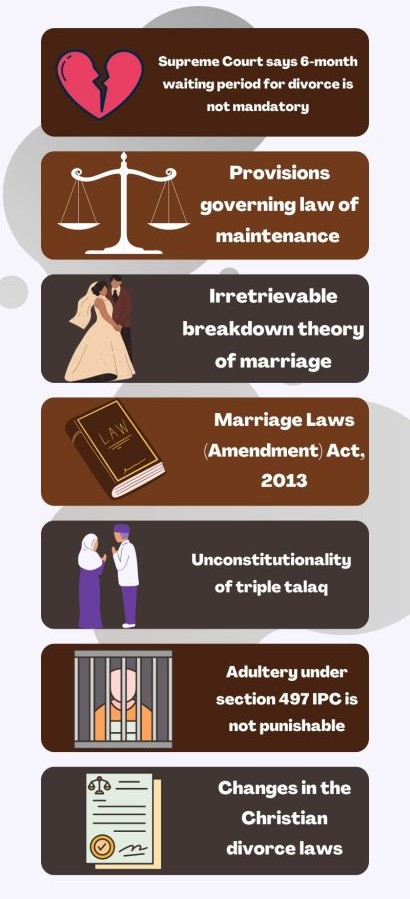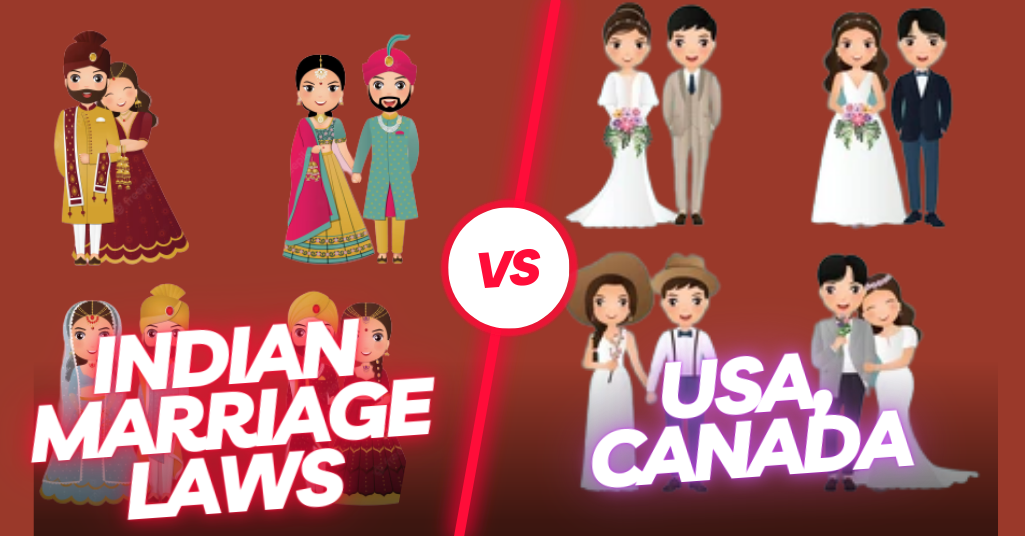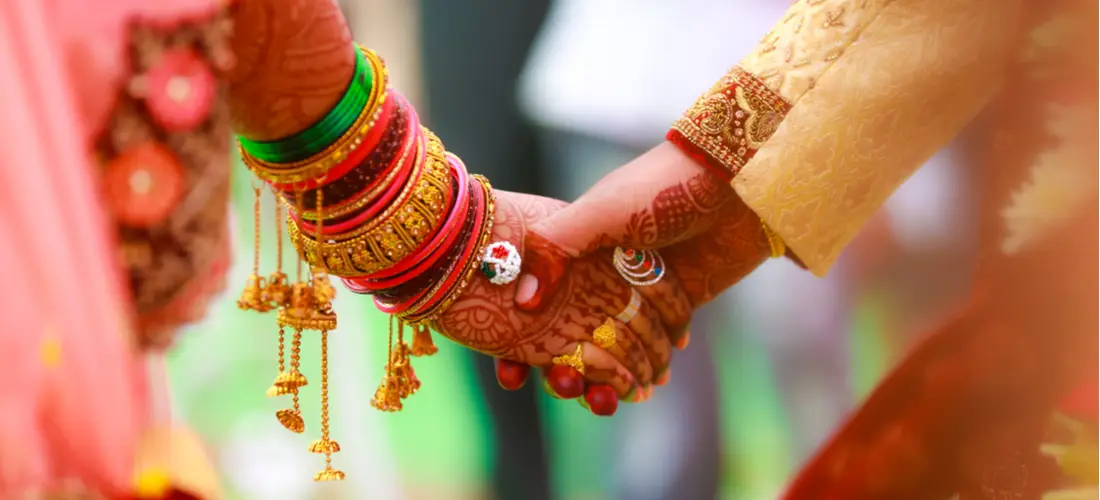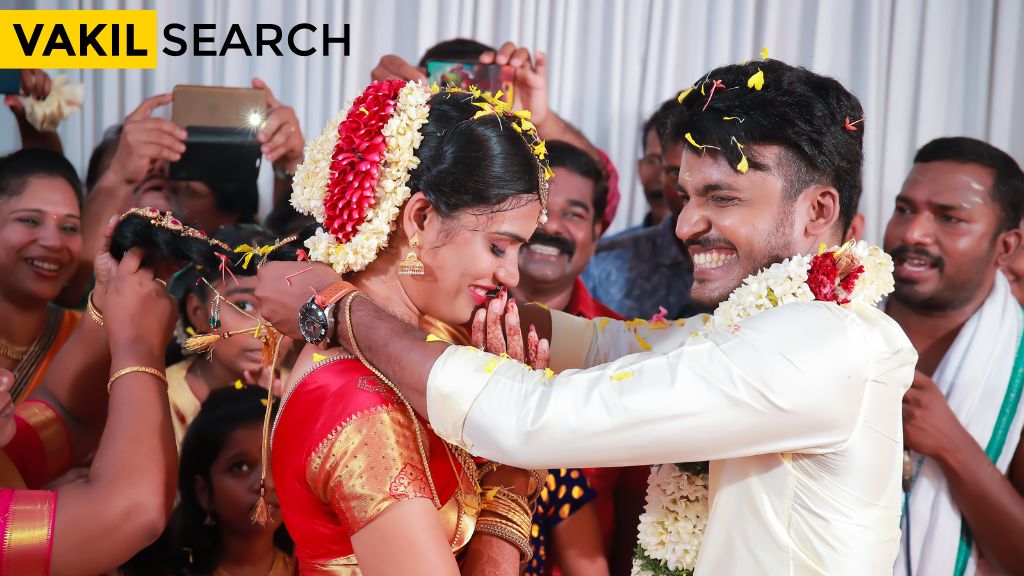Explore the differences in matrimonial laws between India, the US, and Canada. Learn about the various types of marriages recognized, the grounds for divorce, and the process of obtaining a divorce in each country. Read on to find out.
Matrimonial laws in India are significantly different from those in the United States and Canada. These differences can be attributed to the diverse cultural, social, and religious influences that shape the legal systems of these countries. In this article, we will delve into the various ways in which matrimonial laws in India differ from those in the US and Canada.
One of the major differences between the matrimonial laws in India and those in the US and Canada is the recognition of different types of marriages. In India, various personal laws govern marriage and divorce for different religious communities. For Hindus, Buddhists, Jains, and Sikhs, the Hindu Marriage Act, of 1955 applies.
For Muslims, the Muslim Personal Law (Shariat) Application Act, of 1937 applies. Christians are governed by the Indian Divorce Act, of 1869, while Parsis are governed by the Parsi Marriage and Divorce Act, of 1936.
In contrast, the US and Canada have a uniform system of marriage laws that apply to all citizens, regardless of their religion. Marriage in these countries is considered to be a civil contract between two individuals, and the laws governing marriage are largely uniform across different states and provinces.
Learn more about the various marriage laws in the United States, Canada, and India by reading the article below. For more information one can also contact Vakilsearch.
Different Matrimonial Laws In Different Countries
1. Divorce Law
The significant difference between the matrimonial laws in India and those in the US and Canada is the concept of divorce. In India, divorce is granted on the grounds of cruelty, desertion, conversion to another religion, insanity, venereal disease, and leprosy.
In contrast, the US and Canada have a no-fault divorce system, which means that a divorce can be granted even if one spouse does not wish to end the marriage. In these countries, a divorce can be granted on the grounds of irreconcilable differences, which means that the spouses have become incompatible and cannot continue living together.
The process of obtaining a divorce also differs significantly between India and the US and Canada. In India, the process of obtaining a divorce can be long and complicated, with many legal formalities and procedures to be followed.
The procedure can take years to finish. Depending on how complicated the situation is and how ready the parties are to settle. In contrast, the process of obtaining a divorce in the US and Canada is relatively simple, with the availability of online divorce services making the process even easier.
2. Alimony
Another major difference between the matrimonial laws in India and those in the US and Canada is the concept of alimony or spousal support. In India, the concept of alimony is not well-developed, and there are no provisions for spousal support in the event of a divorce.
In contrast, the US and Canada have well-established systems for awarding spousal support to a spouse who is financially dependent on the other spouse. The amount of spousal support is determined based on various factors, such as the length of the marriage, the income and assets of the parties, and the standard of living during the marriage.
The laws governing the division of property upon divorce also differ significantly between India and the US and Canada. In India, the property acquired by the spouses during the marriage is generally considered to be jointly owned.
Also, the division of property upon divorce is governed by the personal laws of the parties. In contrast, the US and Canada have a system of equitable distribution of property upon divorce, which means that the property acquired by the spouses during the marriage is divided fairly, but not necessarily equally, between the parties.

3. Prenuptial Agreement
Another important difference between the matrimonial laws in India and those in the US and Canada is the recognition of prenuptial agreements. Prenuptial agreements, also known as premarital agreements or prenups, are contracts entered into by a couple before getting married.
A list of the premarital procedures that are legal in each state, such as blood testing,
waiting periods before marriage, and similar things, is provided below. The United States is made up of 50 states, each of which has its laws on marriage and divorce. Blood testing and physical examinations have lately been banned in numerous jurisdictions due to the swift change in state laws in this area.
For a man and a woman to get married, different states have different laws regarding marriage licenses. In one state, there are specific requirements for getting married, but not in another. A marriage between a man and a woman performed in one state is recognized by all other states under the Full Faith and Credit Clause of the United States Constitution, despite variances in the conditions in each state. Twenty states demand that couples wait a few days before receiving a marriage license after applying for one:
- South Carolina, Delaware, New York, and Illinois all have one-day waiting periods.
- Maryland: Two-day Holding Period
The following states have a three-day waiting period:
- Alaska,
- Iowa,
- Kansas,
- Louisiana,
- Maine,
- Massachusetts,
- Michigan,
- Mississippi,
- New Hampshire,
- New Jersey,
- Oregon,
- Pennsylvania,
- Washington.
If both of you are non-residents, there is a 4-day waiting period in Delaware. Performance of a Marriage matrimonial ceremony with witnesses and a celebrant recognized as having legal authority by the state (such as a priest, rabbi, or judge).
In the case of a Native American group, the practices of the tribe should be followed when conducting a religious event. Religious leaders like ministers, priests, or rabbis typically preside over religious ceremonies. An appointed tribal chief or other officials may preside over Native American ceremonies. Judges usually conduct civil ceremonies.
Conclusion
Matrimonial laws in India are significantly different from those in the United States and Canada, with differences in the recognition of different types of marriages, the grounds for divorce,
The process of obtaining a divorce, the concept of alimony, the division of property upon divorce, and the recognition of prenuptial agreements. These differences are shaped by the diverse cultural, social, and religious influences that shape the legal systems of these countries.
Understanding these differences is important for individuals who are planning to get married or divorced in India, the US, or Canada, as it can help them to navigate the legal process and make informed decisions about their marriage and divorce. It is also worth noting that the laws governing matrimonial matters are evolving,
And it is important to stay up to date with the latest developments to protect one’s rights and interests.
Did you know?
- In the United States, the legal age for marriage is 18, but some states allow individuals to marry at a younger age with parental consent.
- The legal age of marriage in India is 21 for men and 18 for women.
- In Canada, the legal age for marriage is 16, but individuals under the age of 18 must obtain the consent of their parents or guardians.
Also, Read:










